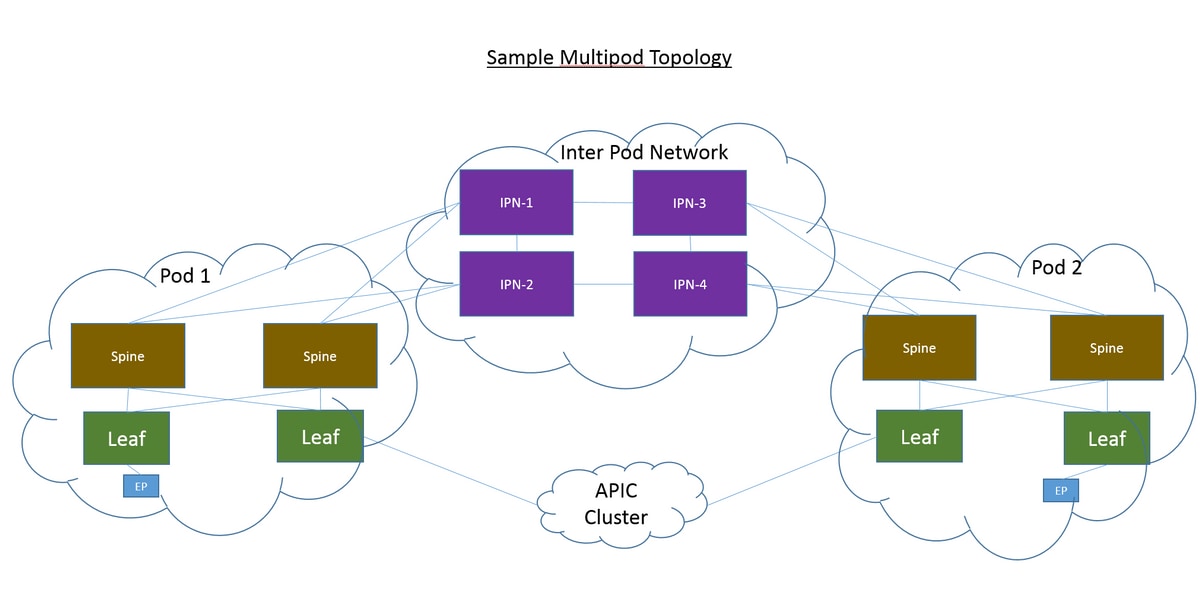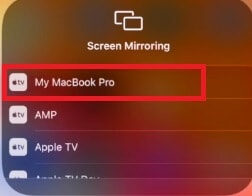


Switching from node-to-node BGP mesh to BGP route reflectors involves tearing down BGP sessions and bringing up new ones. Change from node-to-node mesh to route reflectors without any traffic disruption You may configure the BGPPeer resources before disabling the node-to-node mesh to avoid pod networking breakage. Note: Disabling the node-to-node mesh will break pod networking until/unless you configure replacement BGP peerings using BGPPeer resources. See BGP configuration for more information. Note: If the default BGP configuration resource does not exist, you need to create it first.
#Reflector 2 troubleshooting Patch
The following example creates a global BGP peer that configures every Calico node to peer with 192.20.30.40 in AS 64567.Ĭalicoctl patch bgpconfiguration default -p '' This is useful if your network topology includes BGP speakers that will be peered with every Calico node in your deployment. Global BGP peers apply to all nodes in your cluster.

There are many ways to build an on-premises BGP network. Typically, this involves disabling Calico’s default full-mesh behavior, and instead peer Calico with your 元 ToR routers. In on-premises deployments, you can configure Calico to peer directly with your physical network infrastructure. Other nodes are then configured to peer with a subset of those route reflectors (typically 2 for redundancy), reducing the total number BGP peering connections compared to full-mesh.
#Reflector 2 troubleshooting full
In this model, some nodes act as route reflectors and are configured to establish a full mesh amongst themselves. To build large clusters of internal BGP (iBGP), BGP route reflectors can be used to reduce the number of BGP peerings used on each node. So if you want to run Calico as an overlay network in Azure, you must configure Calico to use VXLAN.įull-mesh works great for small and medium-size deployments of say 100 nodes or less, but at significantly larger scales full-mesh becomes less efficient, and we recommend using route reflectors. The notable exception is Azure, which blocks IPIP traffic. Calico does not use BGP for VXLAN overlays. This allows Calico to operate over any L2 network, whether public cloud or private cloud, or, if IPIP is configured, to operate as an overlay over any network that does not block IPIP traffic. When BGP is enabled, Calico’s default behavior is to create a full-mesh of internal BGP (iBGP) connections where each node peers with each other. Here are some common ways it is done with Calico. There are many ways to configure a BGP network depending on your environment. You can configure Calico nodes to peer with each other, with route reflectors, or with top-of-rack (ToR) routers. You can think of Calico networking as providing a virtual router on each of your nodes. Each router running BGP has one or more BGP peers - other routers which they are communicating with over BGP. This how-to guide uses the following Calico features:īGP is a standard protocol for exchanging routing information between routers in a network.

In public cloud deployments, it provides an efficient way of distributing routing information within your cluster, and is often used in conjunction with IPIP overlay or cross-subnet modes. In an on-premises deployment this allows you to make your workloads first-class citizens across the rest of your network. ValueĬalico nodes can exchange routing information over BGP to enable reachability for Calico networked workloads (Kubernetes pods or OpenStack VMs). Configure BGP (Border Gateway Protocol) between Calico nodes or peering with network infrastructure to distribute routing information.


 0 kommentar(er)
0 kommentar(er)
